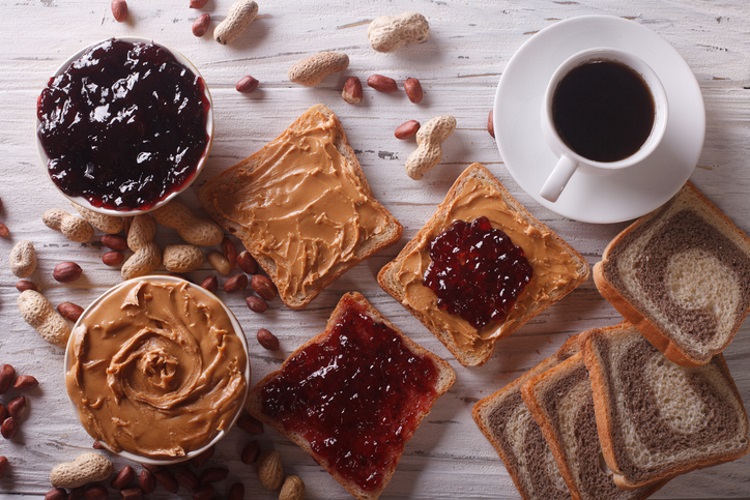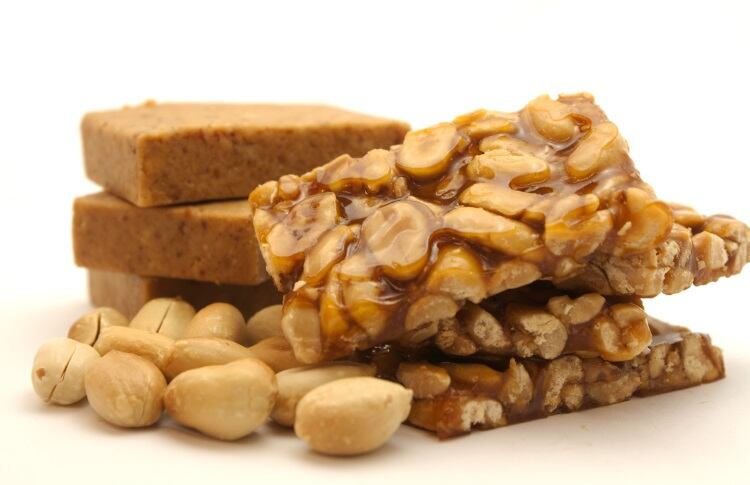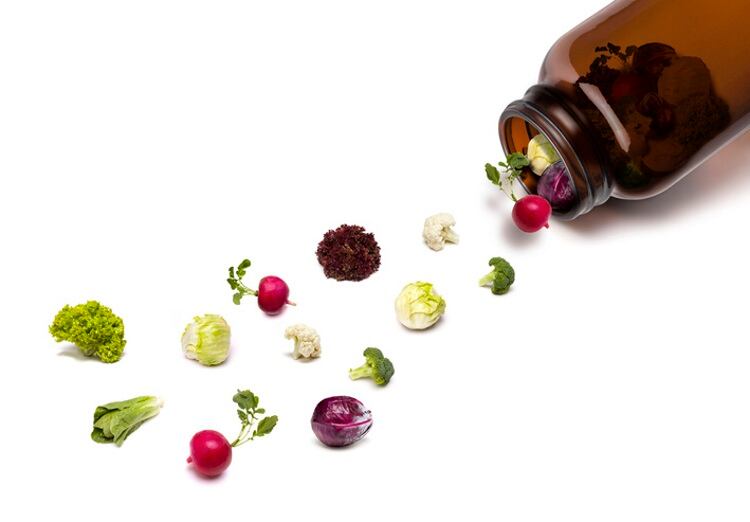The pandemic’s impact on the bakery market is seeing sweeps of change never before experienced – presenting both a challenge and an opportunity. The need for solace during the peak of the crisis may have died down, but it is still very much there – evidenced by rising global demand for indulgent bakery treats.
Bread is key for comfort with gluten making a small comeback. The rise of the loaf reached unexpected highs in 2020, with the home baking trend causing ingredients like flour to be in massive demand – to the point where supermarket shelves were often stripped bare. Banana bread, in particular, went viral on social media last year.
On the other side of the coin, though, consumers are now more aware of their health and particularly, the effect of what they consume will have on it, accelerating the demand for immunity boosting products and ingredients.
Bridging the gap
According to the National Peanut Board (NPB) – which works to improve the economic condition of US peanut farmers through promotion and ground-breaking research – peanuts are perfectly poised to help bridge that gap.
Packing more protein than any other nut and touted as America’s most popular nut, peanuts can make the exotic familiar and the familiar exotic in a range of applications from snacks to baked goods, desserts and even beverages.
The humble nut ticks a number of on trend boxes:
Sustainable agriculture: The NPB’s 7,000-strong peanut farming community takes pride in growing a nutritious and affordable food, while responsibly stewarding the land to leave a sustainable legacy for future generations.
Health and wellness: According to the NPB, there is a wealth of evidenced-based resource that peanuts support healthy eating and good nutrition for people of all ages. The Board also works with multiple partners to prevent and manage food allergies. To that end, since 2001, farmers through NPB have invested more than $35m in research, outreach and education programmes.
Nutrition: Peanuts are bang on the plant-based trend, while packing 30 essential nutrients – like Vitamin E, magnesium, folate, copper and phosphorus – and more protein than any other nut (7g per serving). They are also a good source of fibre and good fats, with 12g of the 14g total fat being unsaturated, which links them to a reduced risk of heart disease.
As an ingredient in therapeutic meals, peanut butter is saving thousands of lives around the world. In fact, it is the most requested item by food banks like the Federal Emergency Management Agency (FEMA) and Feeding America. More than 32,000 jars of peanut butter were donated to food banks by the National Peanut Board in 2020 in response to the increased need.
The retro PB&J sandwich swooped in as a source of nutrition and convenience for many families, particularly for those 20+ million children who lost out of reliable, low or no-cost meals when schools closed their doors to in-person classes, according to the School Nutrition Association. While school nutrition professionals rallied to the challenge, PB&J sandwiches were often the solution. They keep well in ambient situations, are energy-dense so the satiety index is high, keeping the consumer feeling full for longer, and let’s face it, it’s a taste that kids love.
Celeb status
And it wasn’t only kids in need that fell back on the old classic. Conversations on social media about peanut butter increased by 95% between 22 March-21 April 2020, compared to the same period in 2019. Celebs, too, maintained the dialogue, like Food Network celeb chef Ina Garten, who said she and husband Jeffrey finally realised what all the fuss was.
“I don't think I’d ever had a peanut butter and jelly sandwich. I mean, my mother never made them. We were just like, this is great,” said Garten.
The NPB contends that US peanut farmers are ‘the most efficient in the world’, thanks to its commitment to funding production research and innovation. From retail to foodservice, it continually motivates to find new ways to creatively use peanuts – try mixing it up and grilling your PB&J – and notes that hundreds of new products with peanuts are launched every year.
According to Mintel’s Global new Product Database, snacks, obviously, are consistently the most active category for new peanut products, but other categories are also innovating – from the bakery aisle to baby foods and even savoury items.
All hail the humble peanut.





